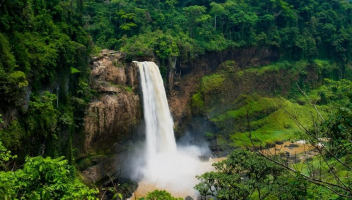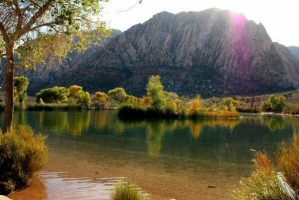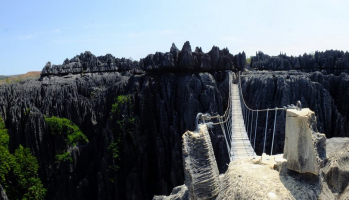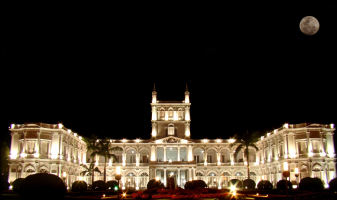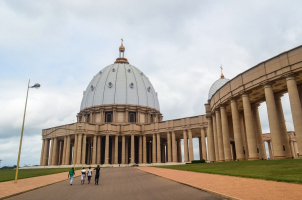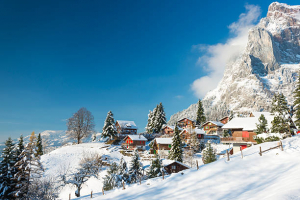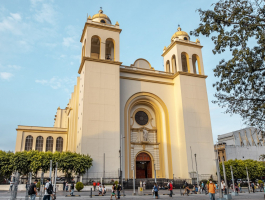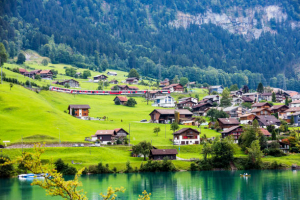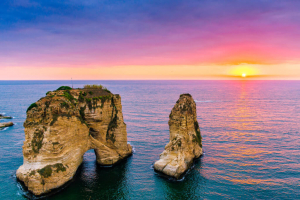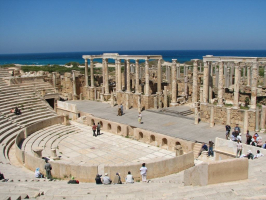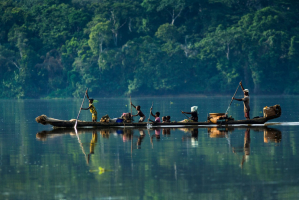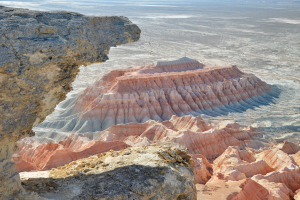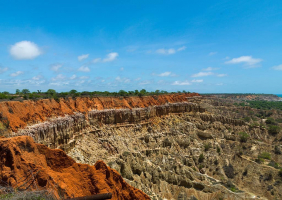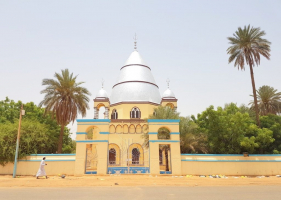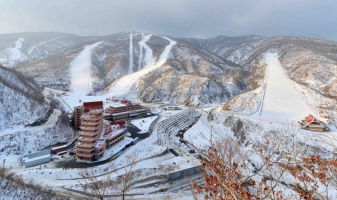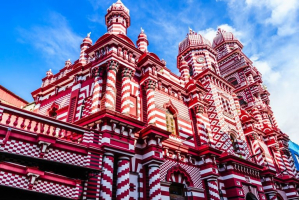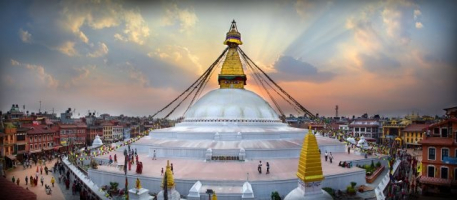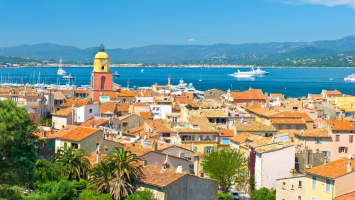Top 10 Best Places to Visit in Havana
From the palm-lined Plaza de Armas to the art deco towers and big theaters, Cuba's Atlantic-facing capital is stunning. Old Havana is the most popular ... read more...destination because of its 500-year-old Spanish empire history and a new wave of chic bars, although Residential Centro is more active and less touristic. Learn more about the top 10 Best Places to Visit in Havana that you should not miss.
-
Visitors to Havana who have been to Washington, D.C. may perform a double take when they view the stunning El Capitolio, which was inaugurated in 1929. This majestic structure rising above the city skyline is reminiscent of the American Capitol building, but its distinctive cupola is said to have been influenced by the Panthéon in Paris. The structure, which combines neoclassical and Art Nouveau styles, served as the seat of government until 1959, following the Cuban Revolution.
You can enjoy a guided tour of the recently renovated structure for a modest price, with headphones in the language of your choosing available. The vast passageways, gorgeous inlaid marble flooring, and huge dome are all highlights. A reproduction of the bronze sculpture Mercury, made by the 16th-century Florentine sculptor Giambologna, sits atop the dome. A copy of a 24-carat diamond can be found beneath the dome. This is said to be the site at which all roadway distances between Havana and other Cuban destinations are measured.
Google rating: 4.7/5.0
Address: 66 Cienfuegos, La Habana 10200, CubaPhone number: +53 7 8603411
Official site: https://www.tripcuba.org/el-capitolio-havana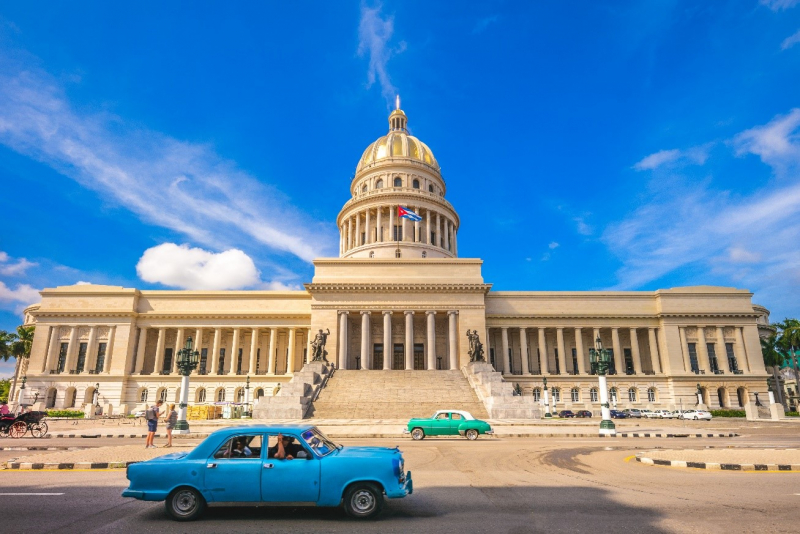
blog.lovecuba.com 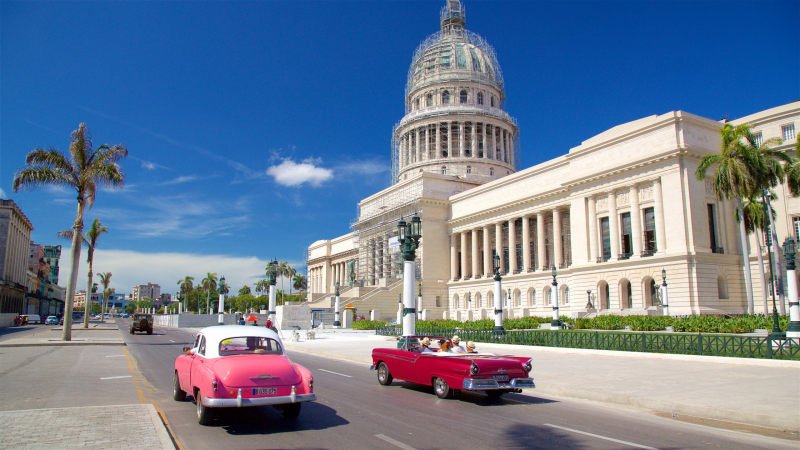
expedia.com.vn -
You might not expect to discover one of the world's largest opera houses in the heart of the Caribbean, yet that is exactly what the majestic Gran Teatro de La Habana is. It was planned by Belgian architect Paul Belau and built-in 1914 on the site of the previous Teatro Tacón by Purdy and Henderson, Engineers. Its building was funded by Havana's Galician immigrants to function as a community-social center.
Its features include theatres, a music hall, conference rooms, a video screening room, an art gallery, a choral center, and many rehearsal halls for dance companies. It is located on the Paseo del Prado. Since 1960, it has hosted the International Ballet Festival of Havana every two years. The Gran Teatro de La Habana has presented a wide range of performances by some of the world's most recognized personalities over the years. The National Ballet and Opera of Cuba now perform at the theater. While you're here, try to see a performance to properly enjoy its grandeur and outstanding acoustics. There are also guided tours offered.
Google rating: 4.7/5.0
Address: Paseo de Martí, La Habana 10600, CubaPhone number: +53 7 8613077
Official site: https://www.lahabana.com/guide/6340/
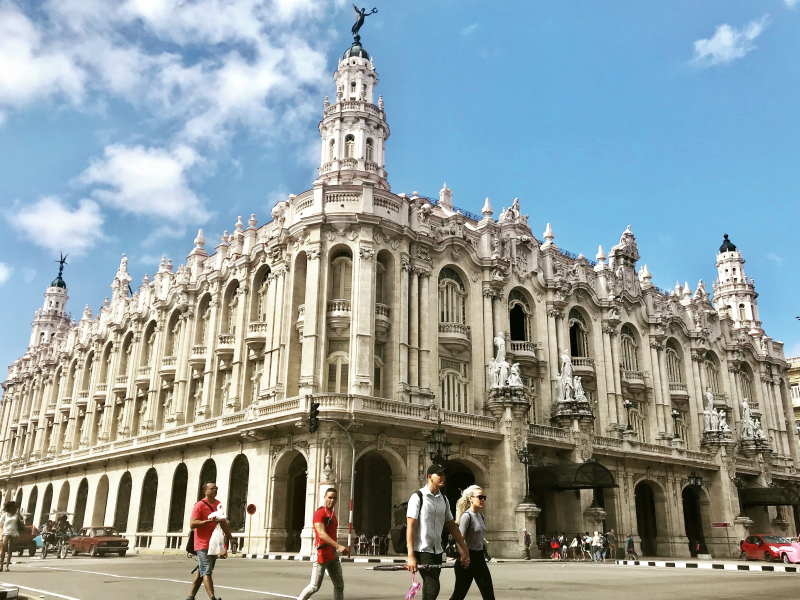
wikipedia.org 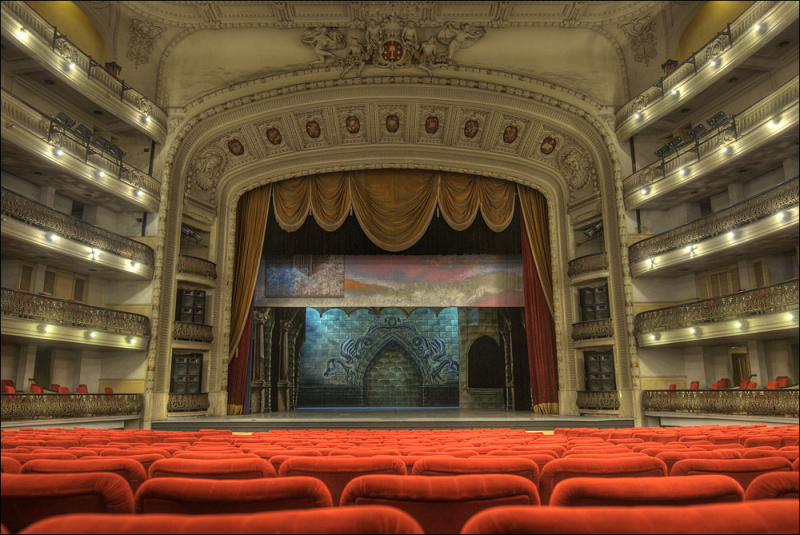
wikipedia.org -
The Napoleon Museum in Havana, Cuba, features one of the most important collections of the 18th and 19th centuries in the Western hemisphere. The museum is located on San Miguel Street, between Ronda and Mazón, on one side of Havana University. The museum opened in 1961, with Julio Lobo's collection, in a 1929 Florentine Renaissance-style estate called "La Dolce Dimora," which was the property of an Italian-Cuban politician named Orestes Ferrara. Evelio Govantes and Félix Cabarrocas, who also created El Capitolio and the Casa de la Amistad on Paseo, were the architects.
The museum houses almost 8,000 objects, the majority of which date from the French Revolution to the Second Empire. A specialist library, clothing, weapons, military equipment, furnishings, coins, and historic and ornamental artifacts are among the items in the collection. Artwork by Louis Tocqué, Jean-Marc Nattier, Nicolas de Largillière, Jean Baptiste Regnault, François Flameng, Andrea Appiani, and Robert Léfèvre is on show. Napoleon's death mask, delivered by Dr. Francesco Antommarchi, the last doctor to treat Napoleon on Saint Helena, who died in Santiago de Cuba, is on exhibit, as is Napoleon's telescope.
Google rating: 4.7/5.0
Address: San Miguel, La Habana, CubaPhone number: (+537) 8791412.
Official site: https://www.napoleon.org/en/magazine/places/museo-napoleonico-cuba-2/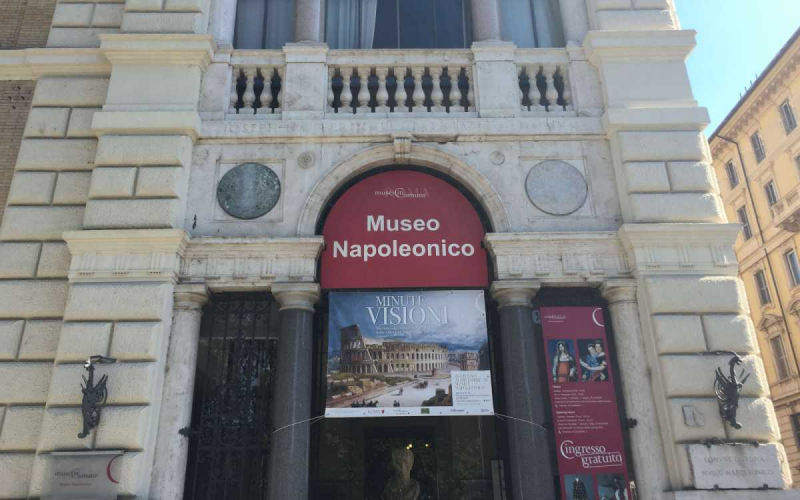
scroccaroma.com 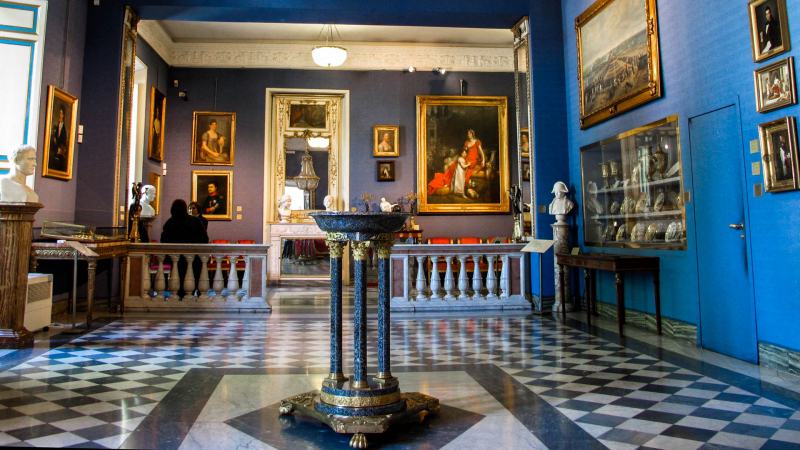
turismoroma.it -
The Castillo de los Tres Reyes del Morro, popularly known as El Morro, stands proudly at the entrance to the Bay of Havana in the Parque Historico Militar. El Morro was erected in the late 16th and early 17th centuries to protect against pirate raids. It was designed by Italian engineer Giovanni Battista Antonelli and looks much like it did in the 17th century.
The lighthouse is one of the most visible changes to the fort. It was repaired multiple times until being replaced in the mid-nineteenth century with a new solid stone lighthouse. The Castillo de los Tres Reyes del Morro is a Havana landmark and a popular destination for both tourists and locals. Many people have photographed and painted it, and it has also appeared in various movies. There are various exhibitions inside, but the building alone is worth seeing. From its top reaches, you may enjoy stunning views of the ocean and the city of Havana.
Google rating: 4.6/5.0
Address: El Morro Castle, Havana, CubaPhone number: +53 7 8619727
Official site: https://www.castles.nl/el-morro-castle
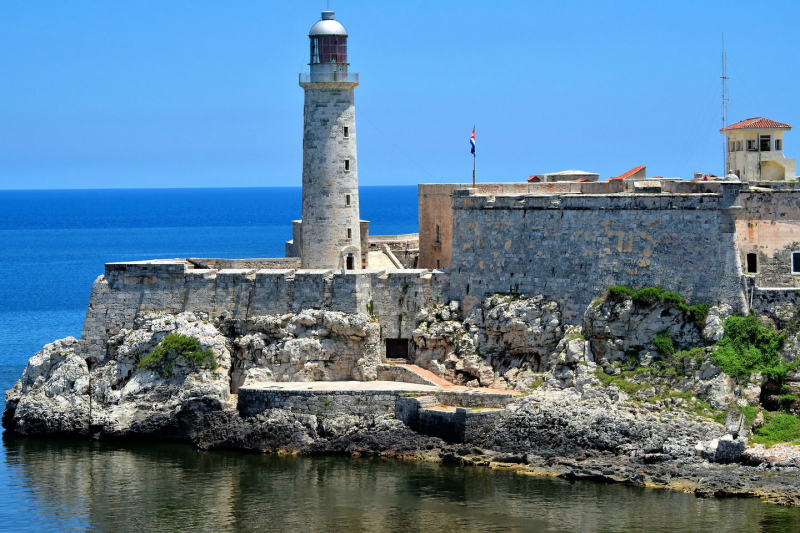
encirclephotos.com 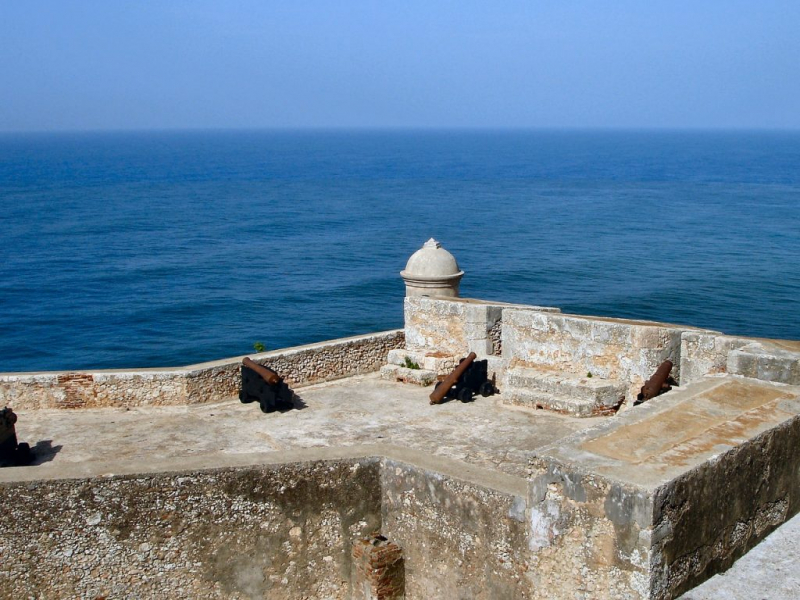
travelswithtalek.com -
The Fortaleza de San Carlos de la Cabana, commonly known as the Castillo de San Carlos de la Cabana, is atop La Cabana hill, about a 15-minute walk from El Morro in the Parque Historico Militar. It was the largest and most expensive fort ever built by the Spanish at the time it was erected in the 1770s. Following the British takeover, the Spanish began construction of this massive fort, which dominates the entrance to Havana Bay.
La Cabana, as it is well known, was utilized as a military jail under the Batista administration and eventually became Che Guevara's headquarters following the Revolution. The fort now houses a few museums. The most striking is the Museo de Comandancia del Che, which has Che Guevara's office preserved exactly as it was during his stay here. Some of his personal belongings are also displayed. During the day, the fort provides stunning views of the city and the sea. If you're looking for things to do in Havana at night, head here for the Ceremonia del Caonazo, when players dressed in 19th-century costumes execute a cannon-firing ceremony every evening at 9 p.m.
Google rating: 4.6/5.0
Address: eastern side of the harbor entrance, La Habana, CubaPhone number: N/A
Official site: https://www.tripcuba.org/fortaleza-san-carlos-de-la-cabana-fortress
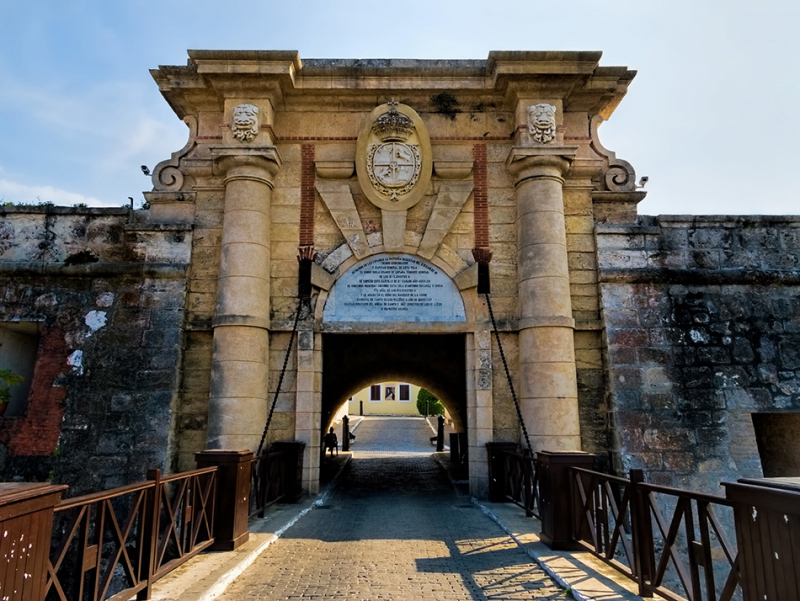
viaggioacuba.com 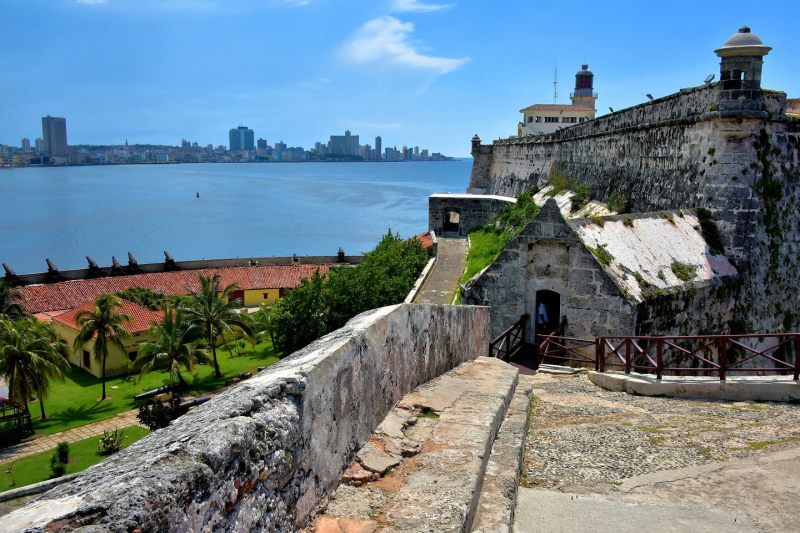
encirclephotos.com -
Plaza de la Revolución ranks 9th in the list of best places to visit in Havana. Due to its historical significance, the Plaza de la Revolución (Revolution Square), previously the Plaza Civica prior to the Revolution, is worth a lengthy stay. The José Mart Memorial is a memorial to José Mart, a Cuban national hero, located on the northern side of the Plaza de la Revolución in Havana's Vedado neighborhood. It is made up of a star-shaped tower, a Mart statue flanked by six columns and gardens. It is the world's largest writer's memorial.
The 109 m (358 ft) tower was designed by a team of architects led by Raoul Otero de Galarraga and is encased in grey Cuban marble from the Isla de Pinos. The design was eventually chosen from among the many entries submitted in a series of competitions that began in 1939. You can explore the modest museum or take the lift to the top of the tower for panoramic city views. The square is surrounded by government buildings, including the Ministry of the Interior, which is emblazoned with the iconic image of Che Guevara.
Google rating: 4.6/5.0
Address: Av. Paseo, La Habana, CubaPhone number: +53 7-879-6551
Official site: https://www.visitarcuba.org/memorial-a-jose-marti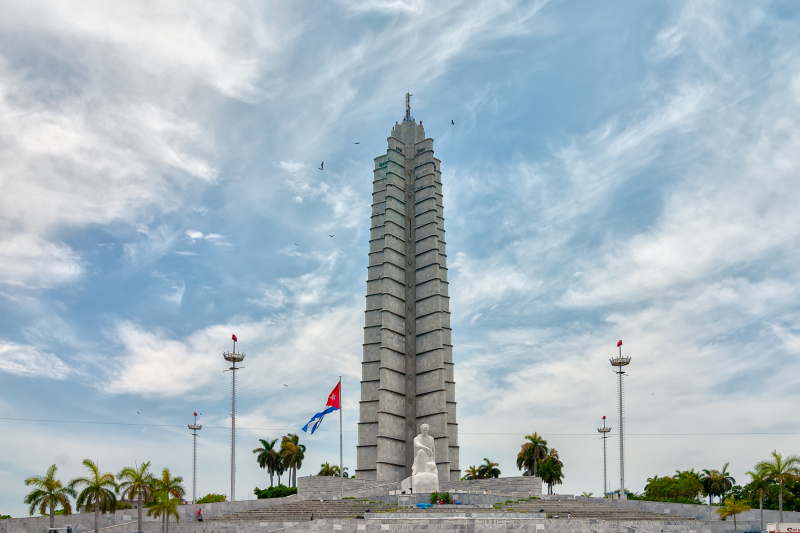
wikimedia.org 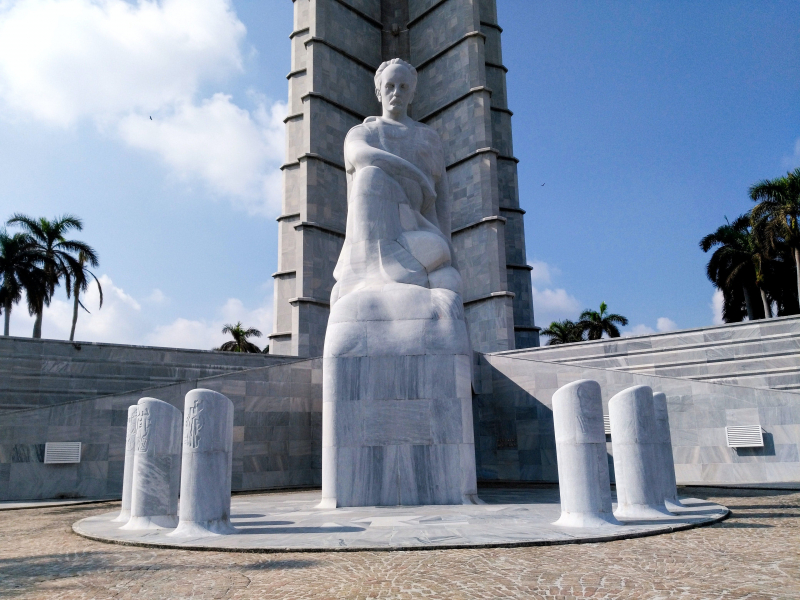
lonelyplanet.com -
Old Havana, Cuba, a UNESCO World Heritage site, exudes old-world charm. Elegant neoclassical and Baroque structures line cobblestone squares and small streets, and many have been meticulously restored to their former glory. If you're wondering what to do in Old Havana, start by visiting one of the main public squares, Plaza Vieja or Plaza de Armas. The latter is home to the magnificent Palacio de los Capitanes, which also houses the Museo de la Ciudad (City Museum) and a lovely leafy courtyard.
Other attractions of Old Havana include the majestic Catedral de San Cristobal, a showcase of the Cuban Baroque style, and the sturdy Castillo de la Real Fuerza, an amazing military bastion. Take a stroll down Calle Obispo to feel the vibrant energy of Havana. By day, you can visit the stores and art galleries while admiring the colorful Cuban Baroque and Art Nouveau architecture. By night, live music draws you into lively restaurants and entertainment venues. The famous El Floridita restaurant is also located here and is a must-see for most travelers.
Google rating: 4.5/5.0
Address: city-center of La Habana, CubaPhone number: N/A
Official site: https://www.lahabana.com/content/
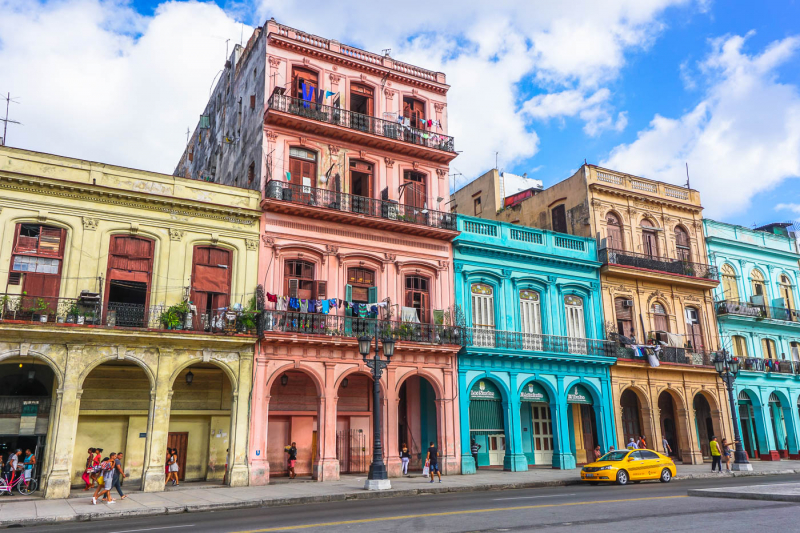
wayfaringwithwagner.com 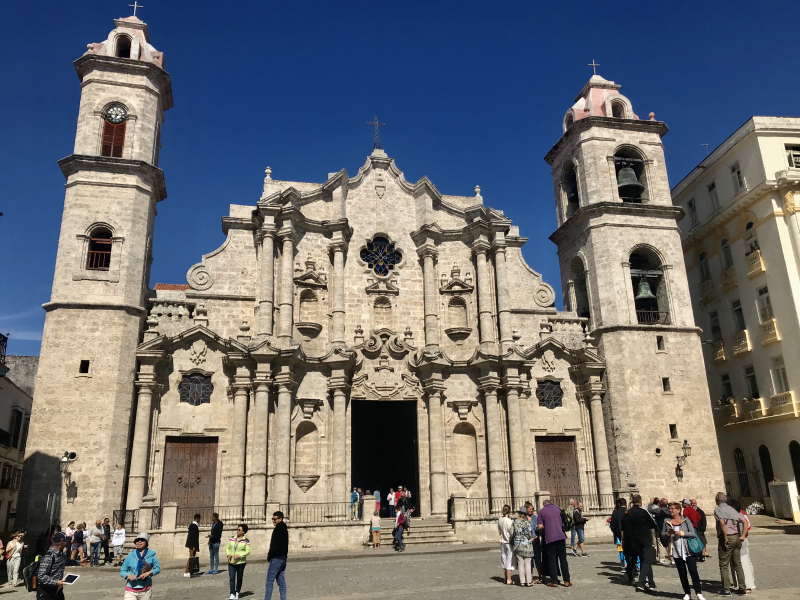
wikipedia.org -
Strolling along the Malecón (El Malecon) at sunset is a great chance to absorb the atmosphere of this evocative city while also seeing some sites. The iconic oceanfront promenade in Havana extends approximately seven kilometers from Habana Vieja (Old Havana) to the Vedado and Plaza neighborhoods. A colorful collection of well-preserved 20th-century buildings in a variety of architectural styles, ranging from Art Deco to Neo Moorish, overlooks the street. They look lovely in the golden glow of the setting sun.
The Malecón is also an excellent spot to meet locals. Anglers gather here to cast their lines, while families and young couples stroll down the beach, taking in the fresh air and seaside breezes. Those looking for a place to rest their tired feet might visit the historic Hotel Nacional de Cuba, a World Heritage Site, and a National Monument with a long list of renowned previous guests such as Frank Sinatra, Marlene Dietrich, and Marlon Brando.
Google rating: 4.5/5.0
Address: coast in Havana, CubaPhone number: N/A
Official site: N/A
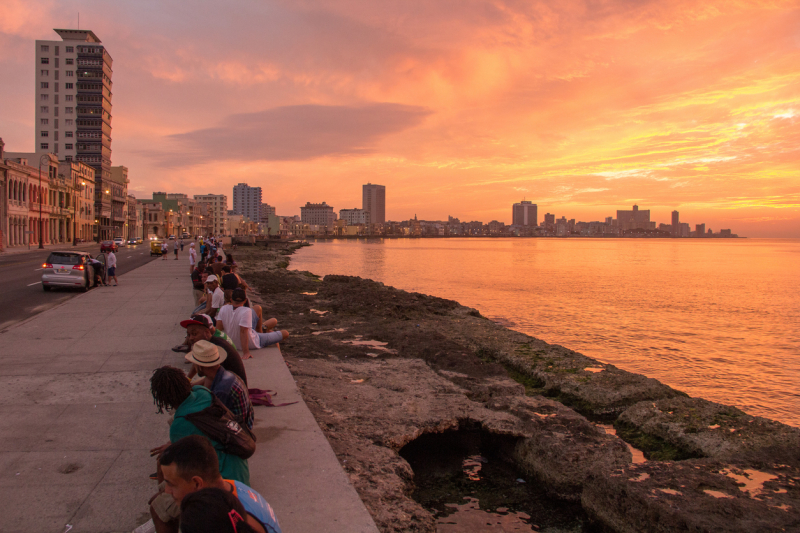
discover-interesting-places.com 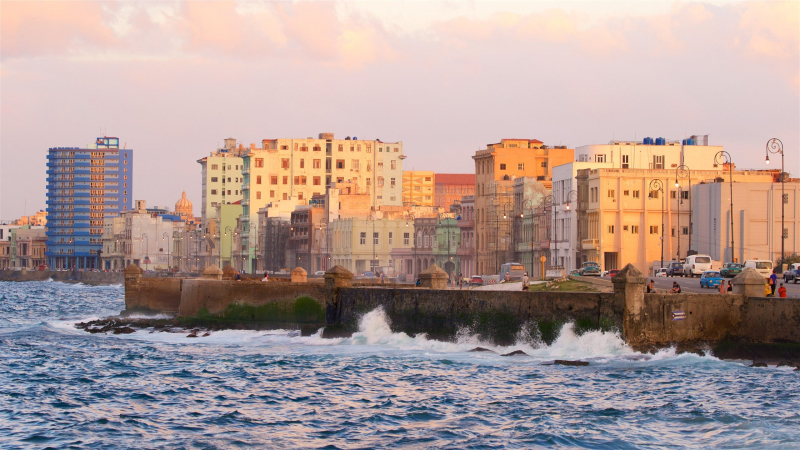
expedia.com -
The Museo Nacional de Bellas Artes (National Museum of Fine Arts) in Havana is a must-see for art aficionados. It ranks 6th in the list of best places to visit in Havana. The renovated Palacio del Centro Asturiano, constructed by Manuel Bustos in the 1920s, holds European masterworks as well as a collection of over 600 works of ancient art dating from the Egyptian through Roman eras. The Rationalist-style Palacio de Bellas Artes edifice, which dates from 1959, is dedicated to Cuban art from the 17th century to the current day.
The museum now has two buildings, one dedicated to Cuban art in the Palacio de Bellas Artes and one to universal art in the Palacio del Centro Asturiano. The Palacio de Bellas Artes (Palace of Fine Arts) is solely dedicated to displaying Cuban art collections. The Palacio del Centro Asturiano, designed by Manuel Bustos in 1927, displays European paintings and sculptures, as well as an antique art collection. An outstanding collection of paintings, prints, and sculptures may be found here. The one-of-a-kind marble sculpture "Form, Space, and Light" at the museum's entry is one of the attractions.
Google rating: 4.5/5.0
Address: Obispo, La Habana, CubaPhone number: +53 7 8633763
Official site: https://www.visitarcuba.org/museo-nacional-de-bellas-artes
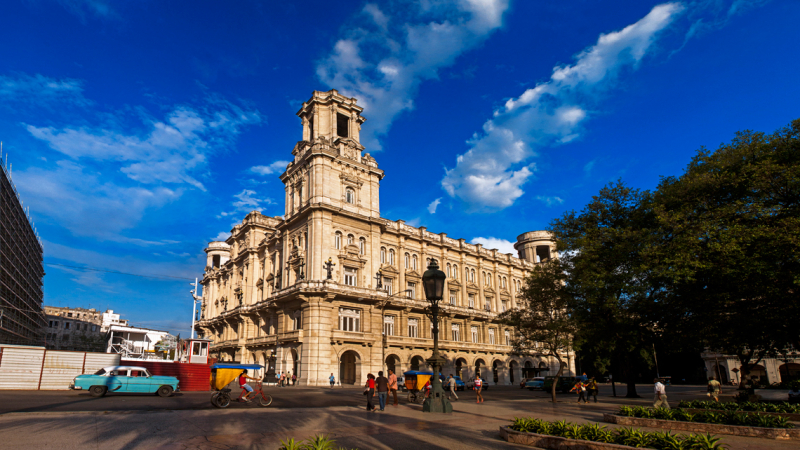
onlinetours.es 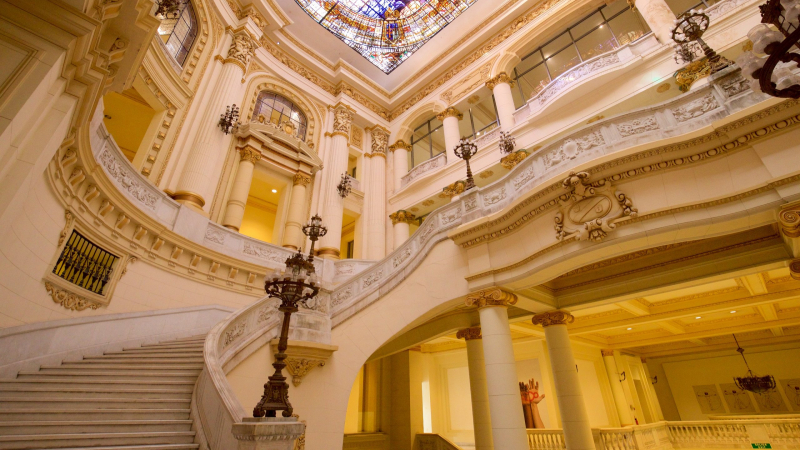
expedia.es -
The Museo de la Revolución (Museum of the Revolution), housed in a former presidential palace, is worth viewing even if only from the outside. Paul Belau, a Belgian architect, designed the original presidential mansion. It was constructed in the early twentieth century in a magnificent form of neoclassical style. During the years following the Cuban Revolution, the structure was transformed into the Museum of the Revolution. In 1957, the Directorio Revolucionario Estudiantil attacked the royal building.
Those who do get inside are treated to a slew of exhibits depicting Cuba's struggle for independence, all with a revolutionary slant. The life-size wax figurines of Che Guevara and Camilo Cienfuegos are notable. A fascinating display of the boat Granma can be found behind the museum. This yacht transported Fidel Castro and his entourage from Mexico to Cuba. A jet shot down during the botched Bay of Pigs assault is also on exhibit.
Google rating: 4.2/5.0
Address: Refugio Street 1, between Monserrate and Zulueta, Av. Bélgica, La Habana 10600, CubaPhone number: +53 7 8601524
Official site: https://www.tripcuba.org/museo-de-la-revolucion-havana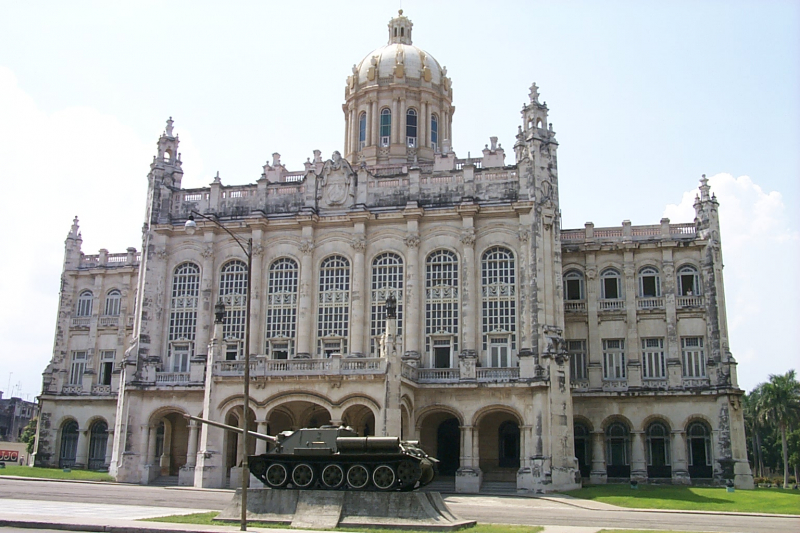
wikipedia.org 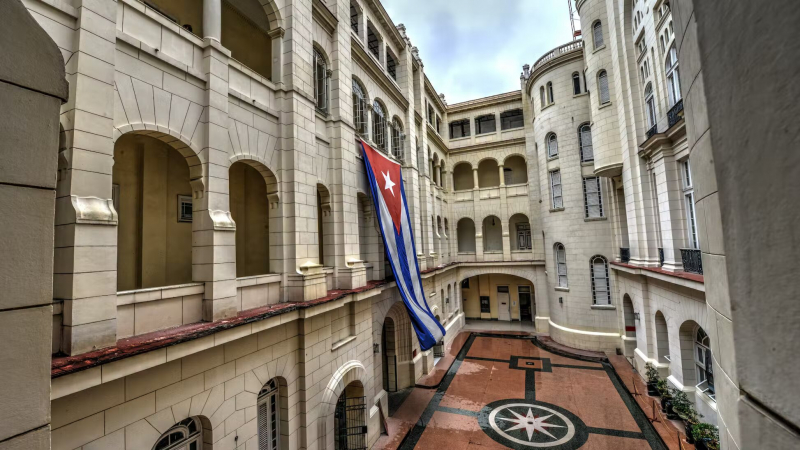
lonelyplanet.com












